I have a little project that's been experiencing component failures, and I'm having trouble figuring out what to do about it. I think the issue is ESD but that's just a guess. Also I'm a total noob so, whatever's happening, the root cause is definitely that I did something dumb, but hey, "experience is a series of non-fatal mistakes."
I've got an SBC and a few breakout boards in an aluminum enclosure with rubber feet. The breakout boards are a segmented LED backpack, an LCD character display, a differential I2C driver, and a LoRa radio. Power comes from a two-prong DC wall wart into a plastic barrel jack; from there a buck converter/switching regulator produces 5V.
There's an environmental detail that may or may not be important: the box is sitting on top of an air band (VHF, AM) radio transmitter—a fixed unit, not a mobile/handheld—connected to an antenna outside.
The first failures I had were the differential I2C driver getting fried. This happened twice. On a lark I added a connection from the case to ground at the barrel jack, along with a diode to make sure transients go to the wall wart and not to the ground pin on the buck converter, which is also connected to the jack. I haven't had any issues with I2C chips dying since doing that. (I'm not sure if this setup makes sense. Power kind of scares me, and like I said, this was a lark. But it seems to have worked?)
Now I've got a problem with the LoRa radio. It went very suddenly from working fine to completely unresponsive, and I suspect it's the same thing that was killing the I2C chips. It's connected to an antenna on the outside of the case, and the connector is a metal through-hole type. In other words, there's an electrical connection between the connector and the case. I don't know if that was the right thing to do either; you can add RF to the list of things that scare me.
In any event, I'm wondering if maybe whatever was zapping the I2C chips has now gotten the LoRa radio through the antenna connector. Before I start futzing with things and buying more parts though I'd really like to nail down exactly what's going on here, and clean up any blunders I've made along the way.
Does anything stick out to you experienced folks that might be the cause of these failures?
